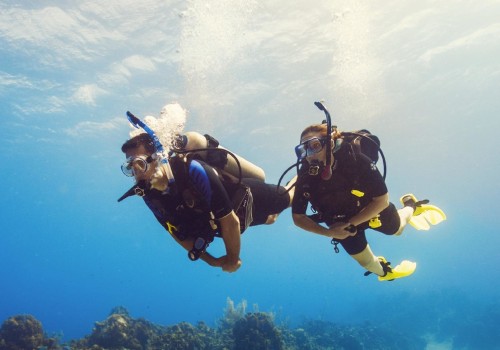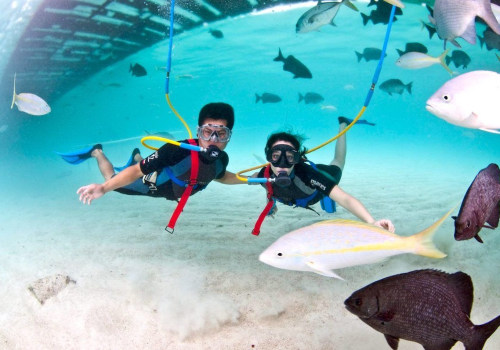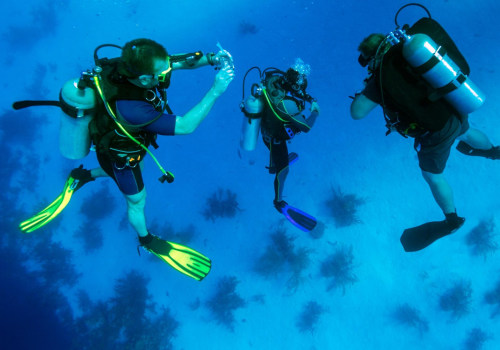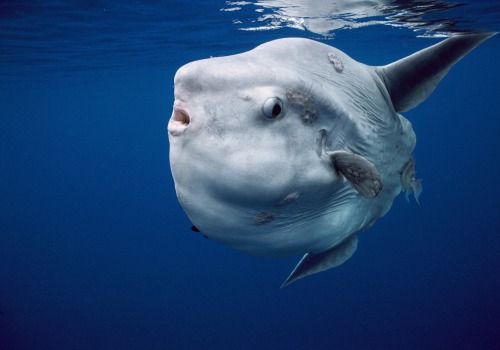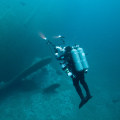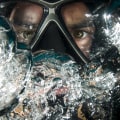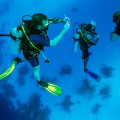Scuba diving is a thrilling and rewarding experience, but how deep can you go? While the recommended maximum depth for conventional diving is 130 feet, technical divers can work in a range of 170 to 350 feet, sometimes even deeper. To venture even further and explore wrecks, caves, and other sites higher than 130 feet, these agencies, such as PADI, NAUI, and SSI, require “technical certifications.”Deep diving is any dive deeper than 20 meters (60 feet). The industry standard depth limit for recreational diving is 130 feet (40 meters). However, anything over 60 feet will require advanced certification.
In theory, there is nothing to stop a diver from going more than 40 meters or 130 feet. However, there are obviously more risks when diving so deeply into the water. According to PADI, the recreational diving limit is 130 feet (40 m), but beginners are advised to stay above 60 feet (18 m). Beyond 130 feet, you'll most likely start needing decompression stops before surfacing. The world record for deep diving is 1090 feet (332 m).
For more complicated dives, including decompression stops, it is necessary to plan several tanks and phase tanks to have enough gas to safely complete a deep dive. The immersion in the deepest wrecks in the world was recorded at 205 meters (676 feet) while diving in the Yolanda wreck, in Egypt. The question of how deep you can dive is addressed to a diver and much of it will be determined by their training and personal limits. Without the use of a specialized suit, the deepest dive ever was the 332 m (1,090 ft) dive by Ahmed Gabr with only diving equipment. However, as defined by most recreational diving agencies, a deep dive allows you to descend up to 18 meters or more.
Some deep dive sites can lead to shipwrecks or require the use of enriched air to prolong your dive time. If you had a maximum depth of 140 feet and allowed yourself to descend to 141 feet, according to the tables, you would have to calculate the dive as 150 feet, says Eric Douglas, writer on diving safety and former instructor. Today, Ahmed Gabr holds the Guinness World Record for the deepest dive in history, at 332.35 meters deep. A good number of physical, physiological and also personal considerations must be taken into account when determining the depth limits of diving. The depth at which diving becomes dangerous depends on the diver's competence and the quality of his equipment. Peer pressure to “go deeper” or explore a wreck or cave system without proper training has led to many diving incidents.
The lack of time to dive to these depths and the increased risk of suffering an attack of nitrogen narcosis prevent divers from going deeper than 40 meters.
